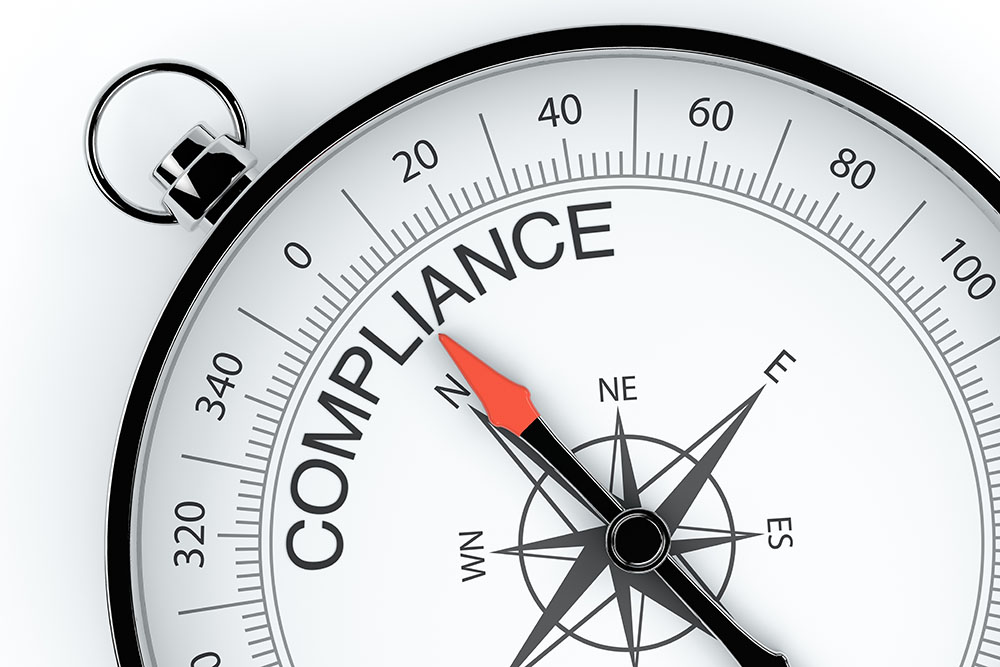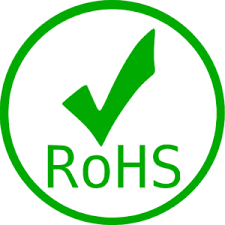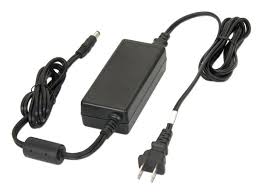
Government agencies and industry groups establish safety standards for products. These standards cover a myriad of circumstances from use of electronic frequencies to child safety to hazardous substances.
It is tricky and arduous to navigate the requirements and guidelines while in the midst of product development. A company might rely on the experience of its engineers to guide it. However, in some instances, engineering staff might not have the breadth of knowledge, unique experience, or skill sets needed to meet the standards. The company may be exploring a new product area for which regulatory coverage is unfamiliar or uncertain.
Regulatory compliance is costly. And making mistakes that result in failure to bring the product into compliance can be even costlier. Getting a good, early assessment of your regulatory compliance needs can save a company unnecessary costs, time, and frustration.
Mandatory Compliance versus Recommended Compliance
Not all regulations and certifications apply to your product. The trick is to figure out which ones do.

As a product developer you need to identify the mandatory compliance requirements that apply to your product. These are usually promulgated through government regulations to enforce public safety policy. If your product is in compliance, it satisfies specific regulations and/or standards. Additionally, when a product is certified, it means it has gone through testing and compliance has been verified.
Some certifications from the government may be required, for example, FCC compliance. Other certifications may be through non-governmental organizations. Compliance denotes that the product meets a particular standard or specification and grants licensing permission to use a logo or brand name, for example Bluetooth or WiFi.

Other compliance certifications are recommended. These might be administered through independent organizations acting in the public interest or on behalf of a specific industry. A product’s compliance with these standards may be important to its market acceptance. Or compliance with a standard may be used to limit exposure to product liability. Examples include UL (Underwriters Laboratories) (also referred to as NRTL National Recognized Testing Laboratories). Recommended certifications are optional as the term implies, however, they can give customers an assurance of quality, reliability, and/or safety.

There are also certifications for which compliance is required but no testing or certification is done, for example RoHS and California Proposition 65 (hazardous materials labeling).
You need to identify the mandatory tests for certification as well as any recommended testing that is appropriate for your product, in your markets, for your customers’ requirements and use cases.
Testing Labs
A testing lab will perform the tests to determine if your product meets the requisite compliance standards. The lab issues a report based on the test results. You can submit the report as part of your application for certification of regulatory compliance with the appropriate agency.
What Tests and Certifications Do You Need?
As an additional service, a testing lab can review your product to identify the appropriate tests and certifications. The lab can look at the design and the product, as is, and provide you with a list of the proposed tests and certifications for the product.
A List is Not a Regulatory Compliance Assessment
A list of the proposed tests and certifications for the product is not a regulatory compliance assessment.
What is a regulatory compliance assessment?
A regulatory compliance assessment will identify the compliance and certification standards that apply to your product(s) and recommend the steps necessary to achieve compliance. Not all compliance certifications are mandatory: An assessment will present the trade-offs and risks associated with voluntary certifications so that you can evaluate the report and develop the appropriate regulatory compliance strategy specific to your product(s).
A comprehensive regulatory compliance assessment includes the following:
- Evaluation of the product design through your project documentation including the MRD, PRD, and BOM, as well as industrial design documentation, product samples and CAD.
- Consideration of the target markets and use cases for the product.
- Countries where the product will be distributed and sold
- Industries for use
- User demographics
- Intended use
- Sales channels
- Known customer requirements
An independent consultant like Product Realization Group can bring added value to your regulatory compliance assessment. PRG has consultants who have regulatory expertise, are experienced developers, and are impartial to vendors or labs. Because of this development experience, they understand the product specifications and the use cases, and they present you with the risks and tradeoffs for your product, not just any product, when developing your regulatory compliance plan. PRG can help you understand design trade offs you might make in response to regulatory requirements. PRG can help you understand the pros and cons associated with following or foregoing voluntary product certification programs.
What you don’t learn from the Testing Lab
A testing lab must be able to stand behind its testing standards and results. As a consequence, testing labs have an inherent conflict of interest with you as a product developer.
They can tell you what tests they believe apply to the product, and they can tell you how the product performs according to those tests.
However, a testing lab:
- can’t explain the regulatory requirements for different use cases
- can’t help you weigh the risks and trade-offs from non-required certifications
- can’t comment on your product design and its impact on certification
- can’t discuss the risks of not completing a particular test for a regulatory requirement or certification
assessment that an independent regulatory expert can.
Examples of Design Considerations for Certifications
The following few examples are to help you understand how an experienced PRG consultant can help you develop your regulatory program:

Power Supply
Power plugs can be a very costly component if your product requires UL certification. If you run power into the product case itself, the entire product must meet UL standards, for example fire protection standards. If your product does not require high power inside but simply requires 5 volts of power, it is more expedient to use a standalone off-the-shelf AC power supply that is already UL certified. This minimizes your design restrictions and costs, and it simplifies the certification process.

Lithium Ion Batteries
There are multiple certifications required for lithium-ion batteries before they can be shipped as part of your product. Not only does the core battery cell require certification, but the battery pack must also be certified. You can save on design and certification costs if you utilize a battery pack with pre-certified cells. Sometimes a customized battery design is the best solution for the product, but know that customized battery cells take additional development and certification time, and will increase the cost of development.
Material Changes
The specifications for certain certifications may require specific materials that were not included in the original product BOM. A regulatory compliance assessment will identify the materials required to satisfy the specification for certification. PRG recently completed an assessment for a client that was bringing its products to the US from Europe. PRG helped identify the applicable US standards. The US standards required the client to change the specifications for certain wiring and plastics materials.
Multiple Products and Product Lines
Each product you sell requires separate testing for regulatory certifications. You may want to limit your product line offerings for certification purposes. To save in your regulatory budget, rather than market feature differentiations as separate products, consider offering “features” as “options” on a limited product line. You will not have to duplicate testing on similar products.
Working with the Lab on Certification Tests
How you communicate with a testing lab can make a difference between whether or not the product passes or fails certification testing. The lab needs to understand how the product is operated, in what modes (if necessary), and if this is representative of its usage.
- Sometimes PRG recommends that a client do some pre-work with a testing lab before completing formal testing.
- PRG and a client representative may work directly with a lab during testing to ensure that tests are set up correctly, the right use-case assumptions are made, and the product is operational.
Learning from Experience
PRG has worked with a client with the release of their “Next Gen” products. Recently a client had gone through UL certification on the first product. PRG completed a regulatory compliance assessment and determined that UL certification was not necessary. After considering the risk assessment, and weighing the cost of the UL certification against risk of not completing the process, the client decided to forego non-mandatory UL certification testing for its new product line.
Satisfying Third-Party Interests
Sometimes the driving force for a specific certification is demand from a third-party: a large retailer, a shipper, or just public perception. PRG has worked with clients to negotiate certification requirements made by third parties. Sometimes the third party requirement for a certain certification may seem arbitrary or unneeded. However, the loss of a perceived tradeoff or gain from the third party may be too great a risk, for example product placement or exposure, or favorable distribution terms.
Key Takeaways for a Successful Regulatory Compliance Program
It is critical to a successful product launch that you establish a regulatory compliance program that identifies the appropriate regulatory standards for your product and your markets. You need a compliance strategy to build out your testing processes. Testing labs can provide assistance in identifying tests, but they can’t necessarily give you the information specific to your product and market needs that an experienced independent regulatory consultant can. As always, the earlier you engage an independent regulatory consultant during the product development, the better, to prevent costly redesign issues from late product change requirements mandated by regulatory and certification needs.


